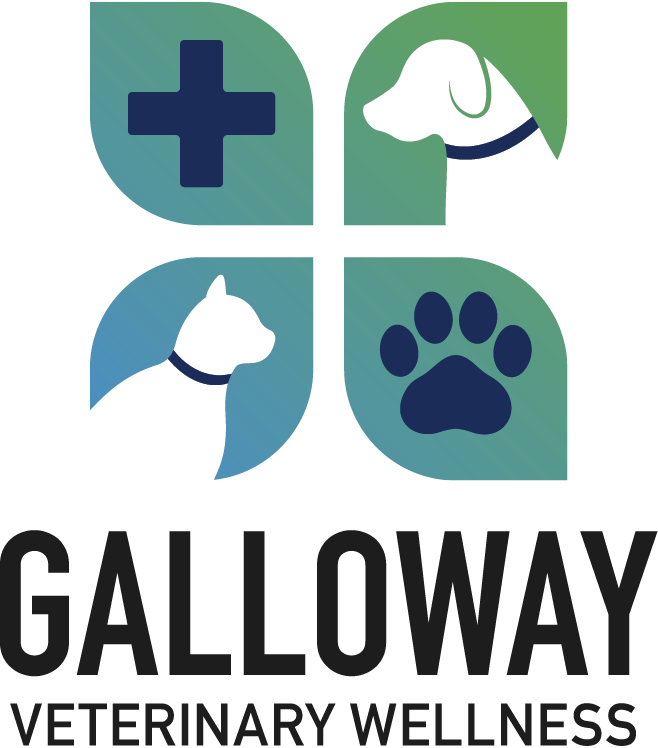Library
-
Most cats care for their kittens with little need for human intervention; if they do not, then their caregivers need to step in. It is critical to maintain a warm environment and ensure they receive enough milk. Kittens’ weight should be checked daily in the first two weeks and any prolonged crying should be investigated. Feeding can be supplemented with commercial milk replacer if needed. Further feeding and vaccination recommendations are discussed. Contact your veterinarian for specific instructions.
-
Most dogs care for their puppies with little need for human intervention; if they do not, then their caregivers need to step in. It is critical to maintain a warm environment and ensure they receive enough milk. Puppies’ weight should be checked daily in the first two weeks, and any prolonged crying should be investigated. Feeding can be supplemented with commercial milk replacer if needed. Further feeding and vaccination recommendations are discussed. Contact your veterinarian for specific recommendations.
-
Cryptorchidism is the failure of one or both testicles to descend into the scrotum. Risks of retained testicles include testicular cancer, spermatic cord torsion, and the development of undesirable male characteristics, so neutering is strongly recommended.
-
Cryptorchidism is the failure of one or both testicles to descend into the scrotum. Risks of retained testicles include testicular cancer, spermatic cord torsion, and the development of undesirable male characteristics, so neutering is strongly recommended.
-
Spaying is the common term for the surgical procedure known as an ovariohysterectomy. In this procedure, the ovaries and uterus are removed to sterilize a female cat. This operation requires a general anesthetic and complications are rare. Spaying is recommended to prevent ovarian and uterine cancer, prevent unwanted pregnancy, and reduce the risk of mammary cancer and pyometra.
-
Spaying is the common term for the surgical procedure known as an ovariohysterectomy. In this procedure, the ovaries and uterus are removed to sterilize a female dog. This operation requires a general anesthetic and complications are rare. Spaying is recommended to prevent ovarian and uterine cancer, prevent unwanted pregnancy, and reduce the risk of mammary cancer and pyometra.

